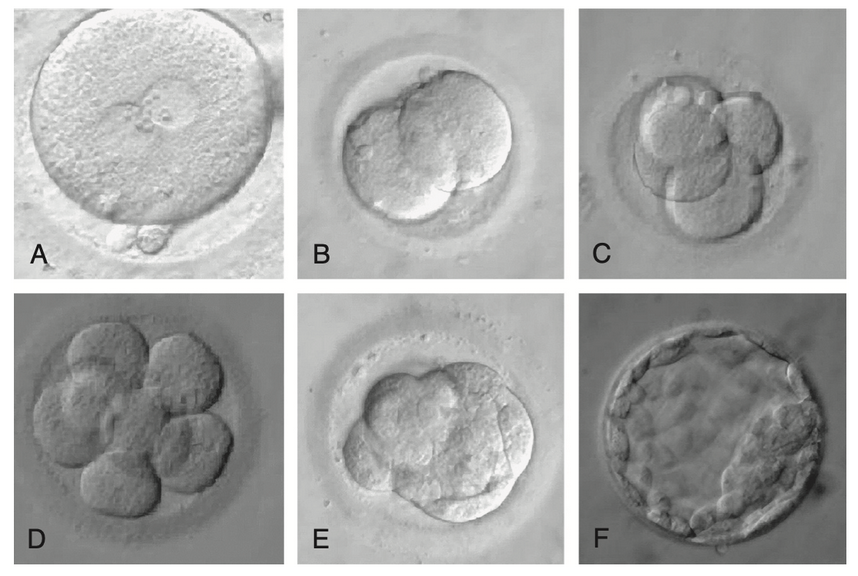The Unsung Hero in IVF Labs: What Exactly Is Culture Media?
- legend family
- Jul 2
- 2 min read

In the world of in vitro fertilization (IVF), there’s an unsung hero quietly working behind the scenes: culture media. While it may not be the flashiest part of the process, this clear liquid plays a vital role in ensuring that eggs, sperm, and embryos develop healthily outside the body.
Many people associate "media" with petri dishes full of bacteria from high school biology class. But in IVF, culture media is far more sophisticated — it's like a custom-designed mini-universe created specifically to support early life.
What Is IVF Culture Media?
Culture media is a specially formulated liquid designed to support the survival, growth, and development of reproductive cells — including oocytes, sperm, and embryos — in the lab. Since embryos are no longer inside the natural environment of the uterus, the media must recreate that internal setting as closely as possible, maintaining precise pH, temperature, nutrients, and gas levels.
Two Culturing Strategies: To Change, or Not to Change?
You might have heard that some IVF labs change the media during embryo development, while others don’t touch it at all. Neither approach is “wrong” — they just reflect two different philosophies in embryo culture:
1. Sequential Media
This method assumes that embryos have evolving needs at different stages of development. For example, early embryos rely more on pyruvate and lactate, while blastocysts consume more glucose. So, labs using sequential media will typically change the media around Day 3 to match the embryo’s changing metabolic profile.
Pros: Mimics natural conditions more closely.
Cons: Requires more handling, which increases the risk of temperature fluctuations and contamination.
2. Single-Step Media
In contrast, single-step (or continuous) media is designed to provide everything the embryo might need from Day 1 to Day 5 or 6. Labs using this approach don’t change the media mid-way. It's especially suitable for time-lapse systems (like EmbryoScope), where minimizing disturbance is critical.
Pros: Reduces handling, promotes stability, and is ideal for continuous monitoring.
Cons: Demands a highly controlled environment.
What Do We Use in Our Lab?
In our IVF lab, we currently use single-step media, which means embryos remain in the same drop of media throughout their development to the blastocyst stage. After fertilization, the embryo is placed in a culture dish, covered with oil, and placed in a tri-gas incubator — all without any further media change.
This helps reduce the risk of contamination and physical stress, while providing a consistent and protective environment for development. It also simplifies the workflow, making the culture process more efficient and stable.
The Science Behind the Drop
Though it may look like just a drop of liquid, culture media contains:
Essential nutrients (amino acids, vitamins, glucose);
pH buffers (like HEPES or bicarbonate systems);
Antioxidants to protect against oxidative stress;
Osmotic regulators to mimic uterine fluid conditions.
Different manufacturers (e.g., Vitrolife, SAGE, Global, Cook) offer slightly different formulations, but all aim to create the most supportive environment possible for embryos.
Final Thoughts
Culture media may not be the star of the show in IVF, but it’s a critical part of every embryo’s journey. As IVF technology continues to advance, we’re learning more about how to fine-tune these microenvironments — bringing us ever closer to replicating the safety and complexity of the womb.




Comments